What does De mean in pipeline?
People always have questions about the DN of steel pipe, so today we will take some time to understand DN.DN is a common term that indicates the nominal diameter of a pipe. DN stands for "Diamètre Nominal", which is a French term that means "nominal diameter". The nominal diameter is the size of the inside diameter of the pipe, generally expressed in millimeters.Steel pipes come in a variety of DN sizes, each with its own specific purpose. Typically, the DN size of steel pipes ranges from DN15 to DN1200. Here are some of the most common steel pipe DN sizes and their corresponding nominal diameters in millimeters:
DN15: 21.3 mm
Distance 20: 26.7 mm
DN25: 33.4 mm
DN32: 42.2 mm
DN40: 48.3 mm
DN50: 60.3 mm
DN65: 73 mm
DN80: 88.9 mm
DN100: 114.3 mm
The DN of a steel pipe, also known as the nominal diameter, refers to the size of the inside diameter of the pipe. This measurement helps ensure compatibility and proper installation when connecting pipes and fittings. DN is usually expressed in millimeters and is commonly used in industrial and plumbing settings.
Water and gas transmission steel pipes (galvanized steel pipes or non-galvanized steel pipes), cast iron pipes, steel-plastic composite pipes and polyvinyl chloride (PVC) pipes and other pipes should be marked with the nominal diameter "DN" (such as DN15, DN20)
What does De mean in pipeline?
De mainly refers to the outer diameter of the pipe, which is generally marked with De, and all need to be marked in the form of outer diameter x wall thickness; it is mainly used to describe: seamless steel pipes, PVC and other plastic pipes, and other pipes that need to specify the wall thickness. Take galvanized welded steel pipes as an example, the two marking methods of DN and De are as follows:
DN20 De25×2.5mm
DN25 De32×3mm
DN32 De40×4mm
DN40 De50×4mm
We are accustomed to using DN to mark welded steel pipes, and rarely use De to mark pipes when the wall thickness is not involved; but marking plastic pipes is another matter; it is still related to industry habits. In the actual construction process, the pipes we simply call 20, 25, 32, etc. all refer to De, not DN, which is a specification difference. If you don't figure it out clearly, it is easy to cause losses during the procurement and construction process.
The connection methods of two pipe materials are nothing more than: threaded connection and
flange connection. Other connection methods are rarely used.
Galvanized steel pipes and PPR pipes can be connected by the above two methods, but it is more convenient to use threads for pipes less than 50, and it is more reliable to use flanges for pipes greater than 50.
Note: If two metal pipes of different materials are connected, it is necessary to consider whether a galvanic reaction will occur, otherwise it will accelerate the corrosion rate of the active metal material pipe. It is best to use flange connection and use insulating materials such as rubber gaskets to separate the two metals, including bolts, to separate them with gaskets to avoid contact.
Difference between DN and De:
We are used to using DN to mark welded steel pipes, and rarely use De to mark pipes when the wall thickness is not involved; but marking plastic pipes is another matter; it is still related to industry habits. In actual construction, the pipes we simply call 20, 25, 32, etc. all refer to De, not DN.
DN refers to the nominal diameter of the pipe - this is neither the outside diameter nor the inside diameter (it should be related to the early days of pipe engineering and imperial units, usually used to describe galvanized steel pipe)
D generally refers to the inner diameter of the pipe, d refers to the inner diameter of the concrete pipe, and Φ refers to the diameter of an ordinary circle.
Of course, Φ can also represent the outer diameter of the pipe, but in this case it should be multiplied by the wall thickness.
For example: Φ25×3, which means a pipe with an outer diameter of 25mm and a wall thickness of 3mm.
For seamless steel pipes or non-ferrous metal pipes, "outer diameter × wall thickness" should be marked.
For example: Φ107×4, where Φ can be omitted.
Some steel pipes in China, ISO and Japan are marked with wall thickness dimensions to indicate the wall thickness series of steel pipes. For this type of steel pipe, the method of expression is outer diameter × wall thickness.






 English
English Español
Español بالعربية
بالعربية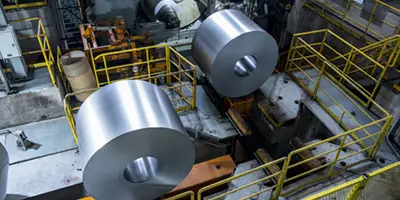

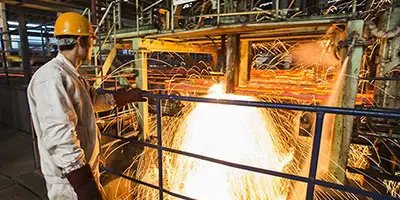
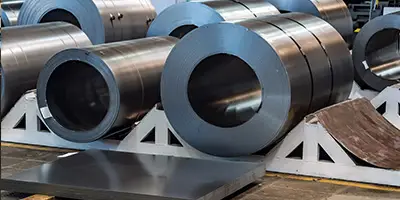

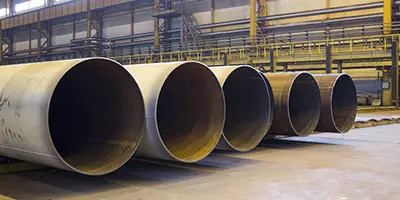

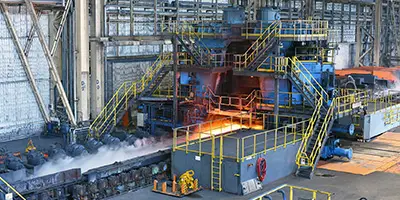
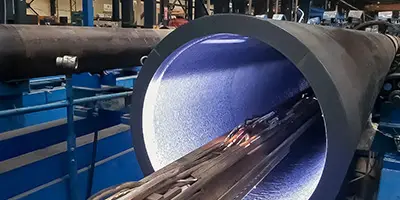


 Phone :
Phone :  Whatsapp :
Whatsapp :  Email :
Email : 


